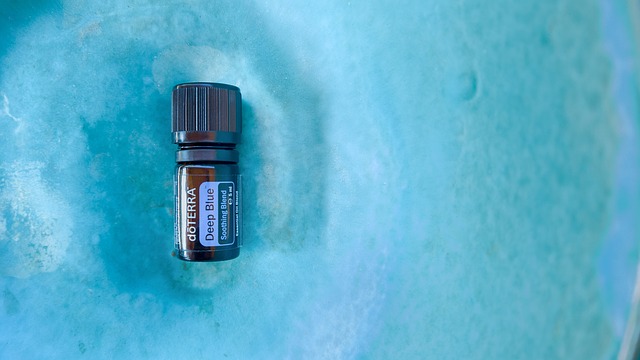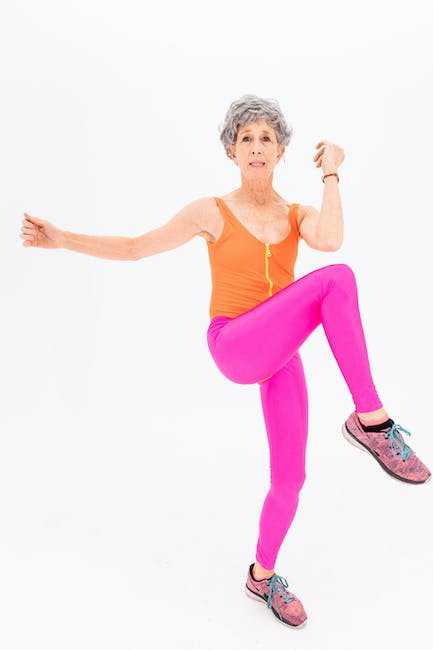
Contents
and Health
Exercise is an important part of staying healthy, but for those who suffer from varicose veins, it can be difficult to stay active without aggravating symptoms. Varicose veins are swollen, twisted veins close to the surface of the skin that can cause pain, fatigue and aching. Varicose veins can worsen over time, so it is important to take steps to manage them while maintaining a healthy exercise routine.
What Are Varicose Veins?
Varicose veins are caused by weakened valves in the veins that allow blood to backflow. This leads to swelling and bulging of the veins, which can be painful or uncomfortable. Varicose veins are most often found in the legs, but can also occur in other parts of the body such as the rectum or vulva.
How Can Exercise Help?
Exercise is an important part of managing varicose veins. Regular physical activity can help improve circulation in the legs, which can alleviate some of the symptoms of varicose veins. Exercise can also help maintain a healthy weight, which can help reduce pressure on the veins.
Tips for Exercising with Varicose Veins
- Choose low-impact exercises: Activities like swimming, cycling, and walking are good choices for people with varicose veins. Low-impact activities like these can help improve circulation without worsening symptoms.
- Avoid standing for long periods of time: Standing for too long can be uncomfortable for people with varicose veins. If you need to stand for extended periods, take frequent breaks to help reduce fatigue and discomfort.
- Keep your feet elevated: After exercise, it is important to keep your legs elevated to help improve blood circulation and reduce pressure on the veins. Make sure to put your feet up for at least 20 minutes after exercising.
- Wear supportive clothing: Compression garments can help reduce swelling and improve circulation. Look for clothing made with a breathable material that is tight enough to provide support but not too tight as to cause discomfort.
When to See a Doctor
If you are experiencing pain or discomfort that is not relieved by rest, it is important to call your doctor. Varicose veins can be a cause of more serious conditions, and your doctor can help you determine the best course of treatment.
Staying active is an important part of managing the symptoms of varicose veins. With the right adjustments, it is possible to maintain a healthy exercise routine without aggravating varicose veins. Remember to keep an eye out for changes in your veins and consult your doctor as needed.
